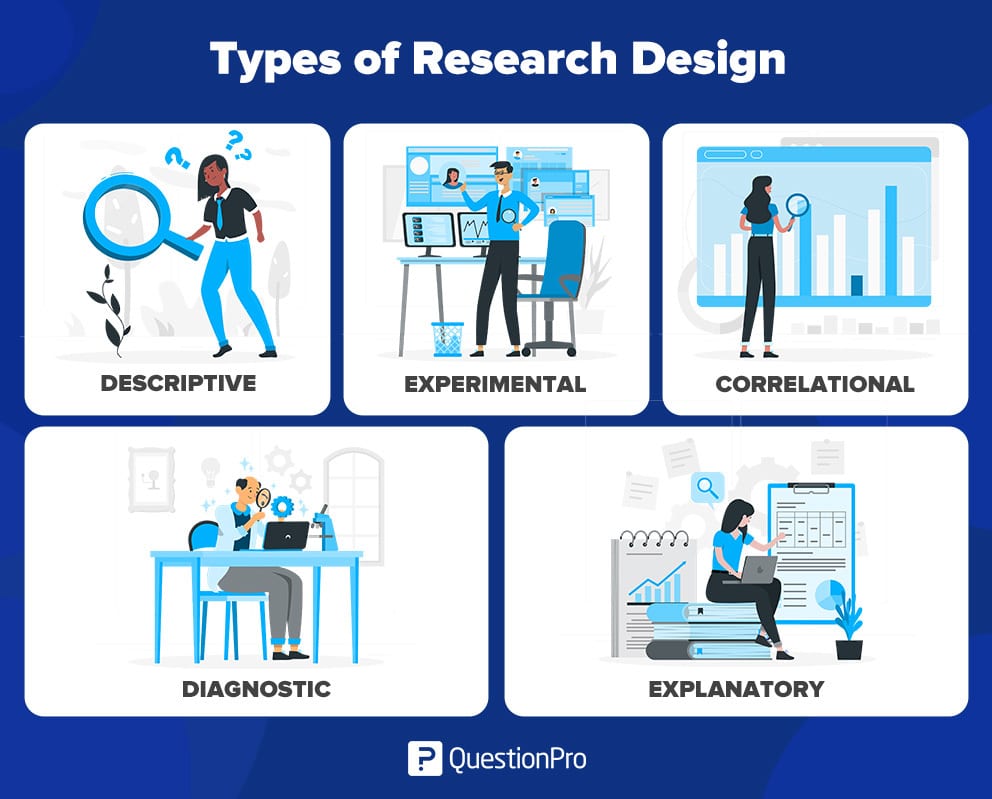“Unlock the secrets of successful research paper introductions with our easy-to-follow guide!”
Writing an introduction to a research paper can be a daunting task, especially if you are unfamiliar with the topic. However, with a few simple steps, you can craft an effective and engaging introduction that will draw your readers in and set the stage for the rest of your paper. The introduction should provide background information on the topic, explain the purpose of the paper, and provide an overview of the main points you will be discussing. Additionally, it should provide a clear thesis statement that outlines the main argument of the paper. By following these steps, you can create an introduction that will make your research paper stand out.
Understanding the Purpose of an Introduction in a Research Paper
An introduction in a research paper serves several important functions. It provides the reader with an overview of the paper’s main argument and the evidence that will be used to support it. It also serves to orient the reader to the structure of the paper, introducing the topics that will be discussed in each section. Additionally, the introduction should provide the reader with a sense of the author’s purpose in writing the paper, as well as the context in which the research was conducted. Finally, the introduction should provide a brief summary of the literature that has been published on the topic, highlighting the gaps in knowledge that the paper seeks to address. By providing this information, the introduction helps the reader to understand the paper’s argument and to evaluate the evidence that will be presented.
Crafting an Engaging Introduction to Capture Your Reader’s Attention
The introduction of any piece of writing is an important part of the overall composition. It serves to capture the reader’s attention and provide a brief overview of the topic. Crafting an engaging introduction is a skill that can be developed with practice and careful consideration. This article will provide an overview of the key elements of an effective introduction and offer strategies for crafting an engaging introduction that will capture the reader’s attention. By following these guidelines, writers can ensure that their introduction will be effective and engaging.
Identifying the Key Elements of an Effective Introduction
1. Establish the context of the topic: Provide a brief overview of the topic and its relevance to the reader.
2. Introduce the main argument: Clearly state the main argument or thesis of the paper.
3. Provide a brief overview of the structure of the paper: Outline the main points that will be discussed in the paper.
4. Establish the tone: Use language that is appropriate for the audience and the topic.
5. Engage the reader: Use an interesting anecdote, quote, or statistic to draw the reader in.
6. Conclude the introduction: Summarize the main points and provide a transition to the body of the paper.
Writing an Introduction That Sets the Tone for Your Research Paper
The purpose of this research paper is to explore the various aspects of [topic]. This paper will provide an overview of the current literature on the topic, as well as an analysis of the implications of the findings. It will also discuss the potential implications of the research for future studies. In order to provide a comprehensive overview of the topic, this paper will draw on a variety of sources, including scholarly articles, books, and other relevant materials. By examining the current literature, this paper will provide a comprehensive overview of the topic and its implications.
Tips for Writing an Effective Introduction to a Research Paper
1. Begin with a hook. Start your introduction with a sentence that captures the attention of your readers and encourages them to read further. This could be a rhetorical question, a quote, or a startling statistic.
2. Provide background information. Give your readers some context for your research paper by providing a brief overview of the topic and its importance.
3. State your research question. Clearly state the research question that your paper will address. This will help to focus your paper and guide your readers.
4. Outline your approach. Explain the approach you will take to answer the research question. This will help to orient your readers and provide them with an understanding of the structure of your paper.
5. Summarize your findings. Provide a brief summary of the key findings of your research. This will help to give your readers an idea of what to expect from the paper.
6. Conclude with a statement of significance. End your introduction with a statement of the significance of your research. This will help to emphasize the importance of your paper and encourage your readers to read further.
Conclusion
In conclusion, writing an introduction to a research paper can be a daunting task. However, with the right approach, it can be done effectively. By understanding the purpose of the introduction, researching the topic, and creating an outline, you can craft an introduction that will engage your readers and provide them with the necessary information to understand the rest of your paper. With a well-crafted introduction, you can set the tone for a successful research paper.
Discussion
[wpaicg_chatgpt]



